Jeep Cherokee Vs Toyota RAV4: Which One is the Compact Crossover SUV Champ?
These days, the compact crossover SUV segment is front-and-center in the auto industry.
These vehicles have largely replaced the mid-size sedan category as the ride of choice for family drivers seeking useful interior space, a combination of good performance and thrifty fuel economy, and sensible pricing.
Jeep’s Cherokee is one of the oldest nameplates in the compact SUV class and helped popularize utility vehicles of all sizes. The Cherokee went on hiatus in 2001, after which it was replaced by the Liberty, but returned in 2014 as a thoroughly modern crossover engineered for a more car-like drive with options that recall its namesake’s off-road toughness.
The Toyota RAV4 has been a mainstay of the compact crossover category since the late 1990s but has grown to the point that it now nearly qualifies as a mid-size vehicle. In recent years, Toyota has added options that enhance the RAV4’s towing and off-road capabilities.
Get a Quote on a New Toyota RAV4 or Jeep CherokeeSo, we’re here to answer two questions: Can the Jeep Cherokee challenge the RAV4’s dominance in the mainstream crossover SUV market; and do the Toyota RAV4’s rugged options make it tough enough to keep up with the Cherokee when the going gets tough?
Cabin Space
Cherokee: Jeep’s front-seat measurements for maximum headroom are 39.4 inches (1,001 mm) without the Cherokee’s optional sunroof, and 37.9 inches (963 mm) with the sunroof. Meanwhile, maximum front-seat legroom is 41.1 inches (1,044 mm).
In the Cherokee’s rear seat, you get 38.5 inches (978 mm) of headroom, and as much as 40.3 inches (1,024 mm) of legroom.
RAV4: In the Toyota RAV4’s front seats, you get 39.5 inches (1,003 mm) of headroom, or 37.7 inches (958 mm) of headroom with the optional sunroof. Front-seat legroom measures 41 inches (1,041 mm).
The RAV4’s rear seat offers up to 39.5 inches (1,003 mm) of headroom, and as much as 37.8 inches (960 mm) of legroom.
Bottom Line: The Cherokee is your winner here thanks to its extra 2.5 inches (63 mm) of rear-seat legroom, making it the better choice for traveling with adults in both the front and rear seats. By all other cabin space measurements, the Cherokee and Toyota RAV4 are nearly identical on paper.
Cargo and Towing
Cherokee: Jeep says you can use any Cherokee with a Class II trailer hitch to tow up to 2,000 lbs (906 kg). An optional trailer tow package comes with a Class III hitch and allows up to 4,000 lbs (1,812 kg) of trailer weight with the 2.0L turbo engine, and 4,500 lbs (2,038 kg) in a Cherokee powered by the 3.2L V6.
Jeep says the Cherokee’s cargo volume is 25.8 cu-ft. (730 liters) behind the rear seats, but you can expand that to 27.6 cu-ft (781 liters) by placing the movable cargo floor in its lower position. With the rear seats folded, cargo volume is 54.7 cu-ft (1,548 liters).
SEE ALSO: Toyota RAV4 vs Nissan Rogue ComparisonRAV4: The Toyota RAV4’s towing capacities are more modest than the Cherokee’s. Toyota says that in standard form, a RAV4 is rated to tow 1,500 lbs (680 kg). With a RAV4 Hybrid, you can tow up to 1,750 lbs (793 kg), and the plug-in RAV4 Prime is rated for 2,500 lbs. The gas-powered Adventure and TRD Off-Road packages boast the most towing capacity of any RAV4, at 3,500 lbs (1,585 kg).
The RAV4’s cargo area offers 37.5 cu-ft (1,061 liters) of volume behind the rear seats, and 69.8 cu-ft (1,061 liters) behind the front seats and with the rear seats folded down.
Bottom Line: In this contest, the winner depends on your needs. The Jeep Cherokee boasts higher tow ratings, but the RAV4’s cargo area is more spacious, so we’ll call it a draw.
Powertrains
Cherokee: Jeep offers you the choice of three engines in the Cherokee. They begin with a 2.4L four-cylinder that makes 180 hp and 171 lb-ft of torque. Next up is a 3.2L V6 generating 271 hp and 239 lb-ft, and the final option is a 2.0L turbocharged four-cylinder with 270 hp and 295 lb-ft. All three engines come standard with a nine-speed automatic transmission.
You can also choose from front-wheel drive, or three 4×4 systems. The base Active Drive I setup is a fully automatic system that disconnects the rear axle when four-wheel traction is not needed, and then re-engages it if the front wheels slip. Active Drive II adds low-range gearing for 4×4 mode, and a neutral setting. Finally, exclusive to the Trailhawk trim level is Jeep’s Active Drive Lock, a full-time 4×4 system with an active on-demand clutch, low-range and neutral settings, and a locking differential.
RAV4: You can also choose from three engines in the Toyota RAV4. The entry-level engine is a 2.5L four-cylinder with 203 hp and 184 lb-ft of torque, which comes standard with an eight-speed automatic transmission and front-wheel drive; all-wheel drive is an option.
The Toyota RAV4 Hybrid combines a 2.5L engine with electric power for a total of 219 hp. A front electric motor makes 118 hp and 149 lb-ft, and a rear electric motor that supplies standard AWD grip is rated for 54 hp and 89 lb-ft.
Finally, the Toyota RAV4 Prime is a plug-in hybrid that also uses a 2.5L engine, but boasts 302 hp from the combination of gas and electric power. The RAV4 Prime has a larger front electric motor with 179 hp and 199 lb-ft.
Note that in the RAV4 Hybrid and Prime, the rear electric motor is responsible for AWD grip; there is no mechanical connection between the front and rear axles. Also, both RAV4 Hybrid and Prime models use a continuously variable automatic transmission (CVT).
Bottom Line: Our winner here is the Toyota RAV4. Its base gas engine is more powerful than that in the Jeep Cherokee, and its two hybrid powertrains give you more variety to choose from, and better fuel economy, as you’ll see in the next section.
Fuel Economy
Cherokee: According to FuelEconomy.gov, the Jeep Cherokee’s 2.4L four-cylinder engine is rated for 22 mpg city and 31 mpg highway, for a combined rating of 25 mpg. With 4WD, the Cherokee 2.4’s ratings are 21 mpg city, 29 mpg highway and 24 mpg combined.
A FWD Cherokee equipped with Jeep’s 3.2L V6 is rated for 20 mpg city, 29 mpg highway, and 23 mpg combined; adding 4WD changes those figures to 19 city/27 hwy/22 combined.
Ratings for a FWD Cherokee with the 2.0L turbo engine are 23 mpg city, 31 mpg highway, and 26 mpg combined; 4WD estimates are 21 city/29 hwy/24 combined.
If you choose the Active Drive II or the Trailhawk and its Active Drive Lock 4×4 system, fuel economy estimates are lower. The difference is most notable in the Trailhawk, whose 3.2L V6 is rated 18 mpg city, 24 mpg highway, and 21 mpg combined.
RAV4: If you choose a gasoline RAV4 with front-wheel drive, you get fuel economy estimates of 28 mpg city, 35 mpg highway, and 30 mpg combined. With AWD, depending on trim level, the gas RAV4’s ratings are 27 mpg city/34 mpg highway/30 mpg combined, 27/33/29, 25/33/28 or 25/32/28.
The RAV4 Hybrid’s estimates are 41 mpg city, 38 mpg highway, and 40 mpg combined. In the plug-in RAV4 Prime, your combined rating is 38 mpg, and on electric power, the estimate is the electric equivalent of 94 mpg.
Bottom Line: Toyota is the winner here. This is a bit of an unfair fight given that two thirds of the RAV4’s powertrains are hybrids, but good fuel economy is good fuel economy no matter how a vehicle achieves it.
Safety
Cherokee: Every Jeep Cherokee trim includes full-speed forward collision detection with automatic emergency braking, lane departure warning with lane keep assist, and a blind spot monitor with cross-traffic alert.
Jeep makes a rear park assist system with automatic stop available in the Cherokee, along with automatic high beams and radar cruise control. Missing from Jeep’s option list is a 360-degree exterior camera system.
RAV4: Toyota makes all RAV4 models standard with forward collision/pedestrian detection with automatic braking; lane departure alert with steering assist; lane tracing assist; automatic high beams; full-speed radar cruise control; and road sign assist.
Blind spot monitoring with rear cross-traffic alert is standard in XLE trim and higher, regardless of powertrain choice. Among the RAV4’s safety options are a bird’s-eye view exterior camera system and front and rear parking assist with automatic braking.
Bottom Line: The Toyota RAV4 is the winner here for its longer list of standard driver safety assist features. While the Jeep Cherokee is available with most of the same items, some of them are extra-cost options that Toyota includes across the RAV4 line.
Tech and Features
Cherokee: The Jeep Cherokee Latitude comes with 17-inch tires on aluminum wheels, and 18- and 19-inch wheels are available elsewhere. LED headlights and taillights and rain-sensing wipers are standard across the line. Latitude Plus trim gains heated front seats, passive keyless entry, and fog lights.
SEE ALSO: 2020 Jeep Grand Cherokee Laredo Review: Ace of BaseAltitude models get a power driver’s seat, and Latitude Lux adds Nappa leather seating. In the Cherokee’s 80th Anniversary trim, you get a panoramic sunroof, a digital gauge cluster, dual-zone A/C, and an 8.4-inch infotainment display. Limited adds a power tailgate, and High Altitude models gain navigation. You can also option Limited with a hands-free tailgate. Ventilated front seats are part of an option package in Limited trim, and an auto-dimming mirror is optional in Latitude Lux and Trailhawk models.
RAV4: The RAV4 LE comes with 17-inch tires on steel wheels with covers; LE Hybrid and XLE get 17-inch alloys, and 18- and 19-inch alloys are available in upper trims.
All RAV4 models get LED headlights and taillights, and fog lights are included starting with XLE trim. A sunroof and passive keyless entry are options in XLE, and a panoramic roof is optional starting in XSE Hybrid. A power tailgate and rain-sensing wipers are optional starting in XLE trim, and a hands-free tailgate is an option in Limited. Rain-sensing wipers are optional starting in XLE.
Inside, dual-zone A/C is standard in LE Hybrid and higher trims. Heated front seats, heated steering wheel, power seats and leather are optional in XLE, and you get cooled seats starting in XSE Hybrid.
Tech features include wireless charging and a camera-based mirror, which are optional in XLE Premium and up, and a digital gauge cluster is included in Adventure trim and higher. You get a 7.0-inch infotainment display as standard, and an 8.0-inch screen is optional in XLE, and standard in Limited. Navigation is optional in TRD Off-Road and XSE Hybrid and standard in Limited.
Finally, RAV4 Prime XSE gets a 10-inch head-up display.
Bottom Line: The RAV4 is the winner here. Toyota offers a wider range of upscale features in more affordable trim levels, and the RAV4 is optional with high-tech wireless smartphone charging, a head-up display and a camera-based rearview mirror that Jeep does not offer in the Cherokee.
Pricing
Cherokee: 2021 Jeep Cherokee prices start at $27,455 in Latitude trim. It’s followed by Freedom ($28,405), Latitude Plus ($29,525), Altitude ($30,965), Latitude Lux ($30,875), 80th Anniversary ($33,055), Limited ($35,030), Trailhawk ($36,330), and High Altitude ($37,720). All prices include FWD except Trailhawk, which comes standard with 4WD; in all other trims, 4WD adds $1,500 to the price.
RAV4: Toyota prices the gas-powered RAV4 to start at $26,250 in LE trim. Next is XLE ($27,525), XLE Premium ($30,250), Adventure ($33,355), Limited ($34,780), and TRD Off-Road ($35,980). You can add AWD to LE, XLE, and XLE Premium trims for $1,400.
RAV4 Hybrid prices are $28,800 in LE trim, followed by XLE Hybrid ($30,095), XLE Premium Hybrid ($32,800), XSE Hybrid ($34,750), and Limited Hybrid ($37,330).
Finally, the plug-in Toyota RAV4 Prime comes in SE trim for $38,250, and XSE trim at $41,575.
Bottom Line: Toyota gets the win here. An entry-level RAV4 with AWD is only $200 more expensive than a base Cherokee Latitude with FWD, and the RAV4 Hybrid with standard AWD is priced for strong value and boasts the added value of excellent fuel economy.
The Cherokee’s strongest value is in Trailhawk trim, whose sophisticated 4WD system and other tweaks make it the best off-roader in this comparison.
Verdict: Jeep Cherokee vs Toyota RAV4
In the end, the Toyota RAV4 wins this comparison. Compact crossovers are aimed at drivers looking for well-equipped, fuel-efficient and value-priced vehicles, and the Toyota RAV4 fulfills that multipronged mission more ably than the Jeep Cherokee.
The Cherokee stands out for its more generous towing capacity, more rugged off-road options, and a roomier rear seat, so if your needs include the ability to tow regularly and tackle tough trails, the Cherokee is worth a look.
However, if you’ll do most of your driving on paved and, at worst, gravel roads, then the RAV4 is a better value and boasts two very fuel-efficient powertrain options.
Become an AutoGuide insider. Get the latest from the automotive world first by subscribing to our newsletter here.
More by Chris Chase



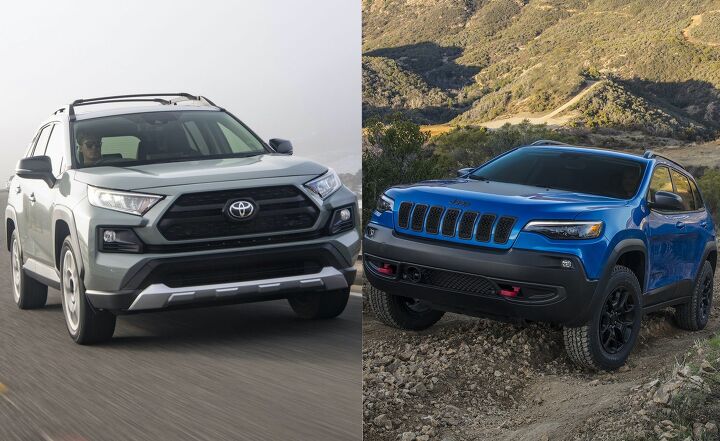



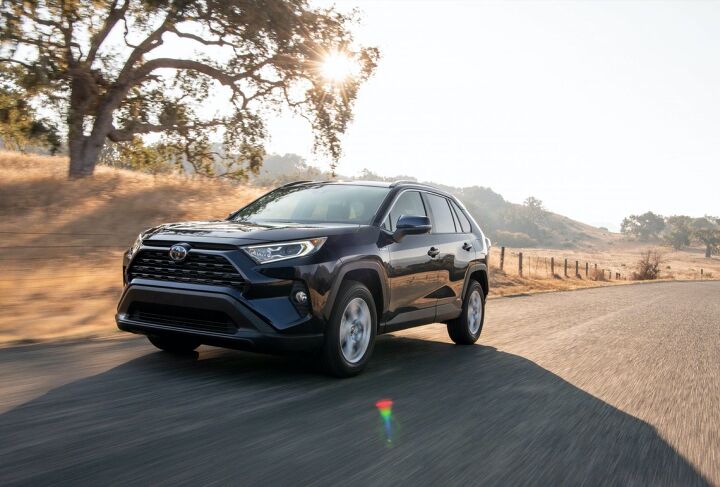





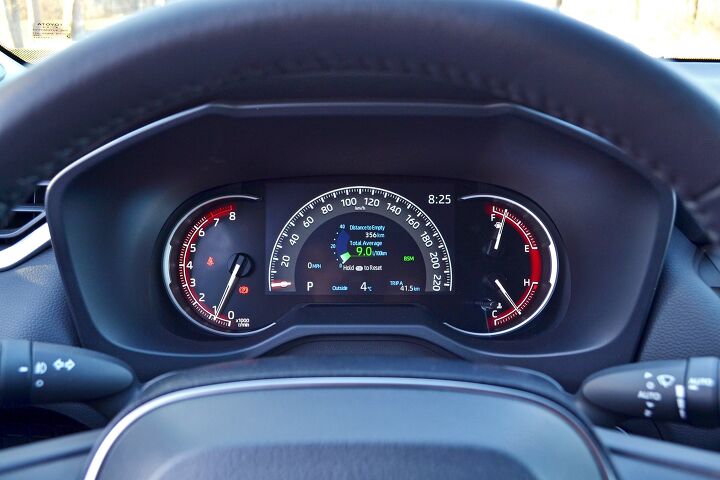




















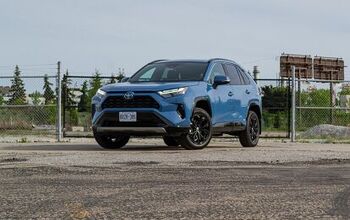



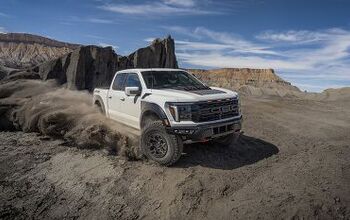

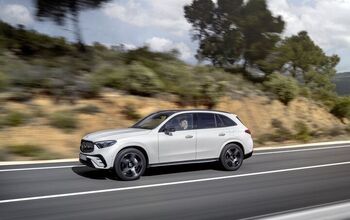

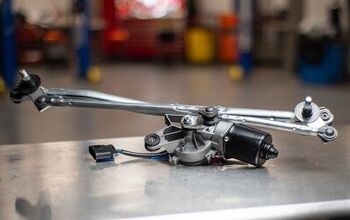


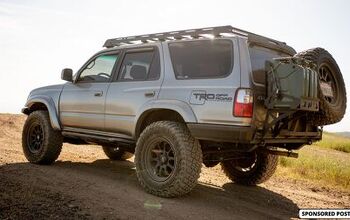


Comments
Join the conversation